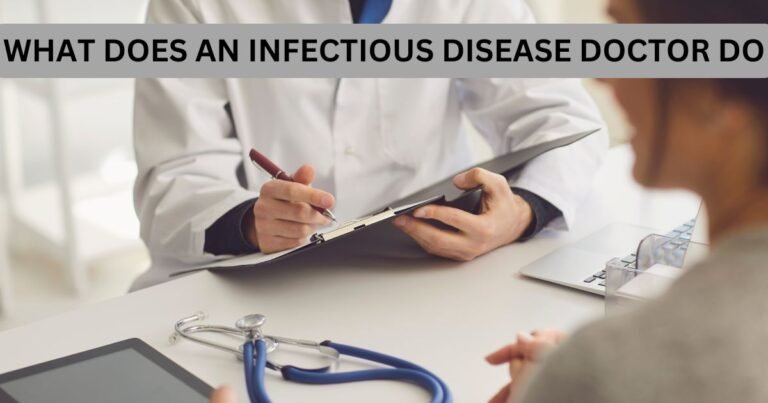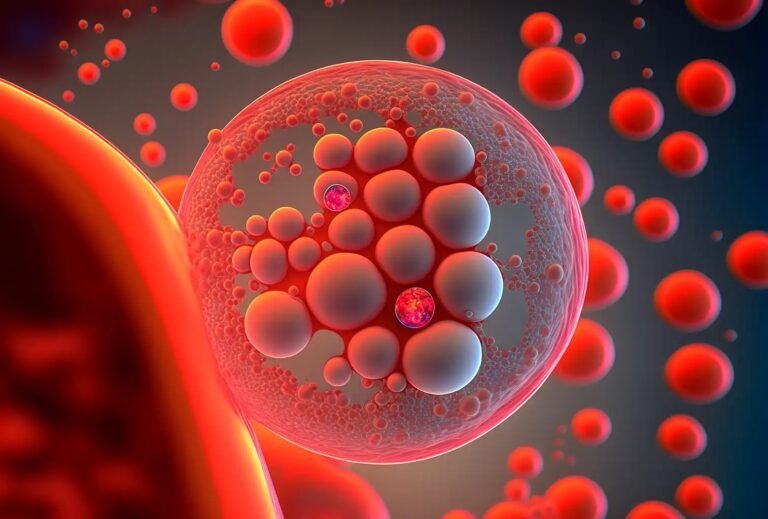Stem Cell Therapy: Miracle Treatment or Medical Myth?
Imagine a day when injured organs and tissues could regenerate, giving those with previously thought incurable diseases hope. Long praised as the key to this regenerative future is stem cell treatment. As with many medical developments, the truth is more complex than first meets the eye, though. Although stem cells have great promise, the path from lab to clinical use is convoluted and full of difficulties. So, is stem cell therapy a medical fiction or the miracle medicine it’s sometimes presented as? Let us probe this fascinating issue more closely.
Understanding Stem Cells: The Basics
Unique cells with an amazing capacity to grow into several kinds of body cells are stem cells. In regenerative medicine, this adaptability gives them central focus. Two main forms exist: adult stem cells, more limited but vital for tissue repair, and embryonic stem cells, which can become any cell type for disorders like spinal cord injury, heart disease, and diabetes; stem cells promise to mend or replace damaged tissues.
The Promise of Regenerative Medicine
It’s interesting to consider stem cells as a means of rebuilding damaged tissues. With an eye toward heart injury repair, researchers have effectively generated heart muscle cells in a lab. Studies using stem cells to replace damaged neurons in order to cure neurological diseases are also underway. These developments point to a day when stem cell treatments could transform the treatment of many diseases, therefore providing perhaps remedies where none now exist.
Current Applications and Success Stories
Stem cell treatments have lately shown really remarkable effectiveness. For example, England has authorized a revolutionary gene treatment for sickle cell disease, therefore providing a possible cure for many people. Furthermore, stem cells have been used to create muscle patches that enhance cardiac performance, therefore offering fresh hope for people suffering from heart failure. These advances underline the clear advantages stem cell treatments provide when targeted at certain diseases.
Challenges in Stem Cell Therapy
Stem cell treatments have great potential, but various issues prevent their general acceptance. One important problem is the possibility of tumor development. Transplanting stem cells carries the risk they can become malignancies rather than the intended tissue. Complications might arise from the immune system rejecting implanted stem cells as well. These hazards highlight the need for thorough clinical studies and safety procedures before stem cell therapies are accepted as usual treatments.
Ethical and Regulatory Considerations
Particularly embryonic stem cells, the use of stem cells begs ethical questions. Harvesting these cells means destroying embryos, which sparks moral questions regarding the consequences. Moreover, in many nations, the fast development of stem cell treatments has exceeded the control systems. This regulatory gap emphasizes the need for revised and thorough laws to guarantee patient safety, as it might lead to untested and maybe dangerous therapies being given to patients.
The Rise of Stem Cell Tourism
Stem cell tourism is the phenomenon wherein some people seek treatments overseas as stem cell therapies gain more and more attention. While some facilities offer untested and potentially dangerous treatments, others provide valid remedies, often at the best stem cell therapy clinics in the world, known for their cutting-edge technology and clinical expertise. Patients considering these options must be cautious; they should thoroughly investigate clinics and consult with trusted medical professionals to ensure safety and avoid exploitation. Careful research is crucial to finding reputable clinics that adhere to strict safety standards and ethical practices, ensuring that the treatment received is both effective and secure.
The Future of Stem Cell Therapies
Stem cell treatments seem bright going forward. Constant research seeks to solve present issues like enhancing the efficacy and safety of medicines. Modern gene editing technologies, such as CRISpen, can improve the accuracy of stem cell treatments, therefore increasing their efficacy and safety factor. Stem cell therapies may become a pillar of medical treatments as research advances as they provide answers to diseases with few choices at now.
Conclusion
Stem cell treatment is at the nexus of hope and mistrust. It’s not a universal cure-all, even if it presents amazing possibilities for addressing a variety of disorders. From laboratory discovery to clinical application, the road is difficult and needs careful investigation, ethical concerns, and regulatory control. It’s important to keep a balanced viewpoint as the science develops and see both the possibilities and the restrictions of stem cell treatments. This will help us to negotiate the changing terrain of regenerative medicine with educated hope and caution.






